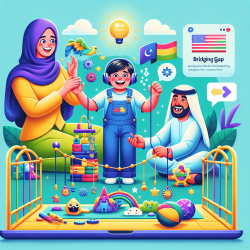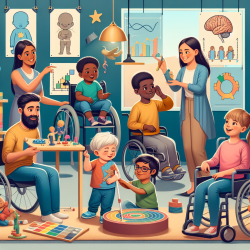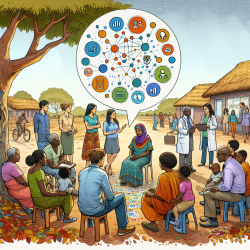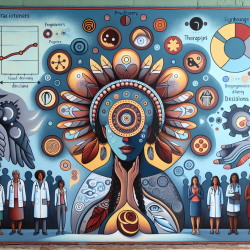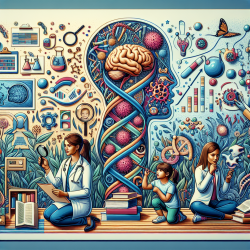As practitioners dedicated to fostering communication and social skills in non-speaking autistic children, it is imperative to stay abreast of the latest research and interventions that can enhance our practice. The recent study titled Bridging the gap: fostering interactive stimming between non-speaking autistic children and their parents by Chen (2024) offers valuable insights into the potential of interactive stimming as a communicative tool.
This study challenges the conventional focus on speech and augmentative and alternative communication (AAC) devices by emphasizing the foundational role of the body in autistic communication. Central to this exploration is the introduction of the Magical Musical Mat (MMM), an innovative interactive environment that maps interpersonal touch to musical sounds. The study involved three non-speaking autistic children and their mothers over a five-day intervention period.
Key Findings and Implications
The research revealed significant transformations in parent-child interactions through the following outcomes:
- Autonomy and Exploration: Children asserted their autonomy by exploring the novel environment at their own pace, leading to the discovery of unique sensory features.
- Enhanced Awareness and Expressiveness: The introduction of sound heightened awareness of the stims, resulting in diversified and expressive stim movements.
- Collaborative Stim Cycles: Parents attuned to their children's stims, facilitating their expressiveness and co-creating extended, evolving patterns of repetitive cycles.
The study's results underscore the importance of shifting the focus from speech to co-created sensory experiences, highlighting the value of transformative multisensory environments. This approach not only fosters communication but also strengthens the parent-child bond by enabling parents to join in their children's sensory activities.
Practical Applications for Practitioners
To implement the findings from this study, practitioners can consider the following strategies:
- Incorporate Multisensory Environments: Design therapy sessions that utilize interactive tools like the Magical Musical Mat to create engaging, multisensory experiences.
- Facilitate Parental Involvement: Encourage parents to actively participate in their children's sensory activities, guiding them to attune to their children's stims and co-create new interactional routines.
- Promote Autonomy: Allow children to explore and interact with their environment at their own pace, fostering a sense of autonomy and self-discovery.
By integrating these strategies into your practice, you can create more inclusive and effective therapeutic interventions that embrace the diverse communicative practices of non-speaking autistic children.
To read the original research paper, please follow this link: Bridging the gap: fostering interactive stimming between non-speaking autistic children and their parents.
